Revolutionary sites with a red history (15)
Writer: Cao Zhen | Editor: Vincent Lin | From: Shenzhen Daily | Updated: 2021-06-30
Guanlan Printmaking Village in Longhua District is a quiet Hakka village with a history of hundreds of years. Here is the hometown of revolutionary printmaker Chen Yanqiao (1911-1970), a pioneer in modern Chinese printmaking and outstanding art theorist and educator.
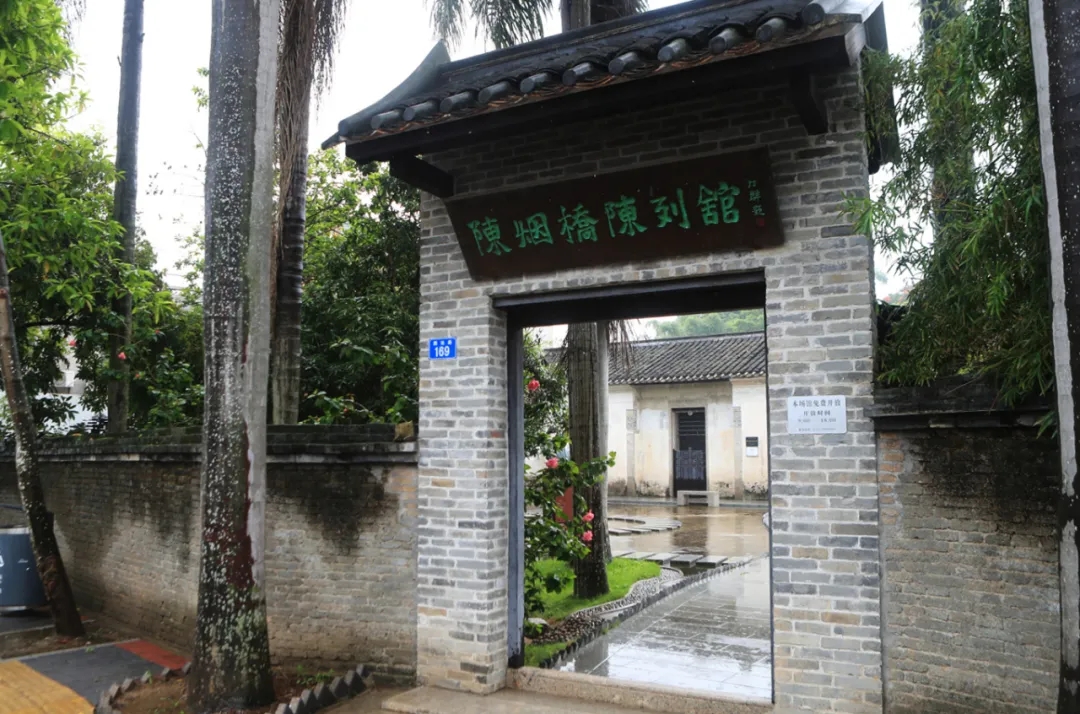
The entrance to Chen Yanqiao’s old residence which is now the Chen Yanqiao Exhibition Hall. Photos by Sun Yuchen
The Chen Yanqiao Exhibition Hall in the village used to be Chen’s old residence built in the late Qing Dynasty (1644-1911). From a young age, he had studied painting at an overseas Chinese-backed school in the village and then in Guangzhou and Shanghai.
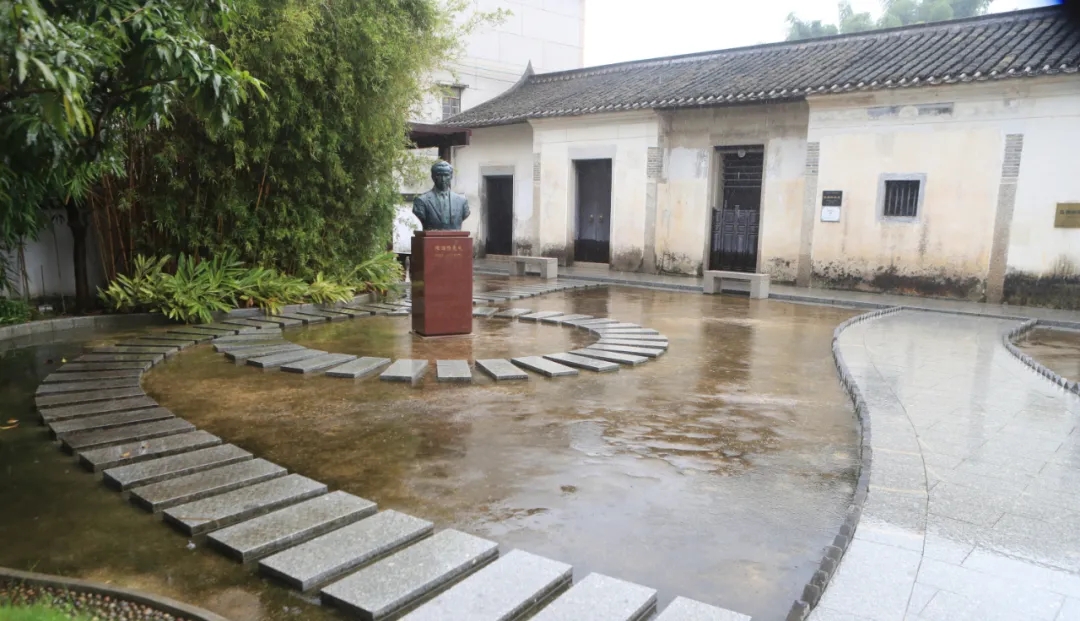
A bust sculpture of Chen Yanqiao is seen in a courtyard of his old residence in Longhua District.
Chen met writer Lu Xun (1881-1936) at a Western woodblock print exhibition organized by Lu in Shanghai in 1930. Encouraged by Lu who advocated using printmaking as a means of political expression, Chen joined the New Woodblock Print Movement initiated by Lu in 1931. Chen also participated in the League of Left-Wing Fine Artists and several other woodblock print associations and depicted ordinary Chinese people’s miserable life and awakening in his works.
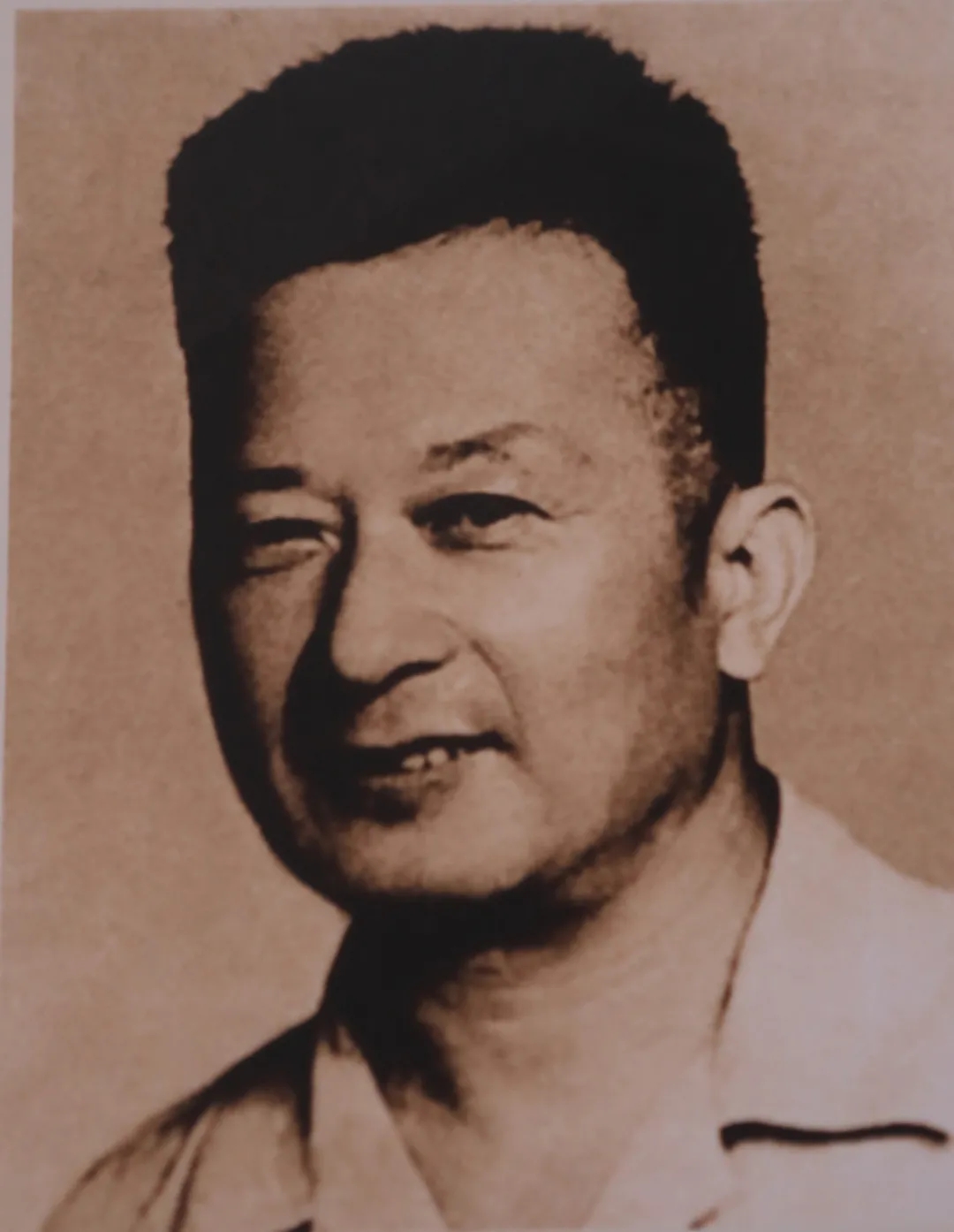
A photo of Chen Yanqiao.
From 1933 to 1936, Lu instructed Chen through written letters on woodblock print techniques, composition and creation ideas. Chen was not only Lu’s favorite student and excellent assistant but also his important liaison in the woodblock print circle in Shanghai. Chen helped Lu to organize Chinese revolution-themed exhibitions in Paris and Moscow in 1934, as well as supporting Lu in publishing a woodblock print magazine.
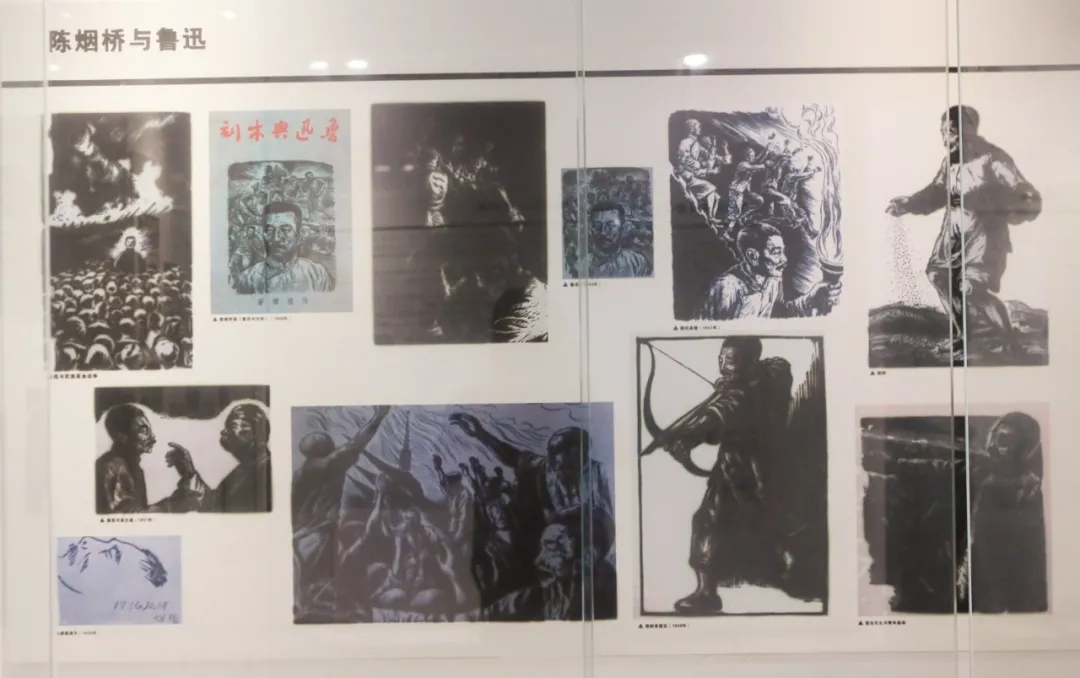
Chen Yanqiao’s woodblock prints portraying Lu Xun are on display at Chen’s old residence.
During the Chinese People’s War of Resistance Against Japanese Aggression, Chen created a large number of revolution-themed prints, paintings and caricatures for books and newspapers in Shanghai, Guangzhou, Hong Kong and Chongqing, praising the Northeast United Army Against Japanese Aggression led by the Communist Party of China (CPC).
After the founding of the People’s Republic of China in 1949, Chen worked in Shanghai and Guangxi, engaging in art education and creating artworks on Chinese people’s new life.
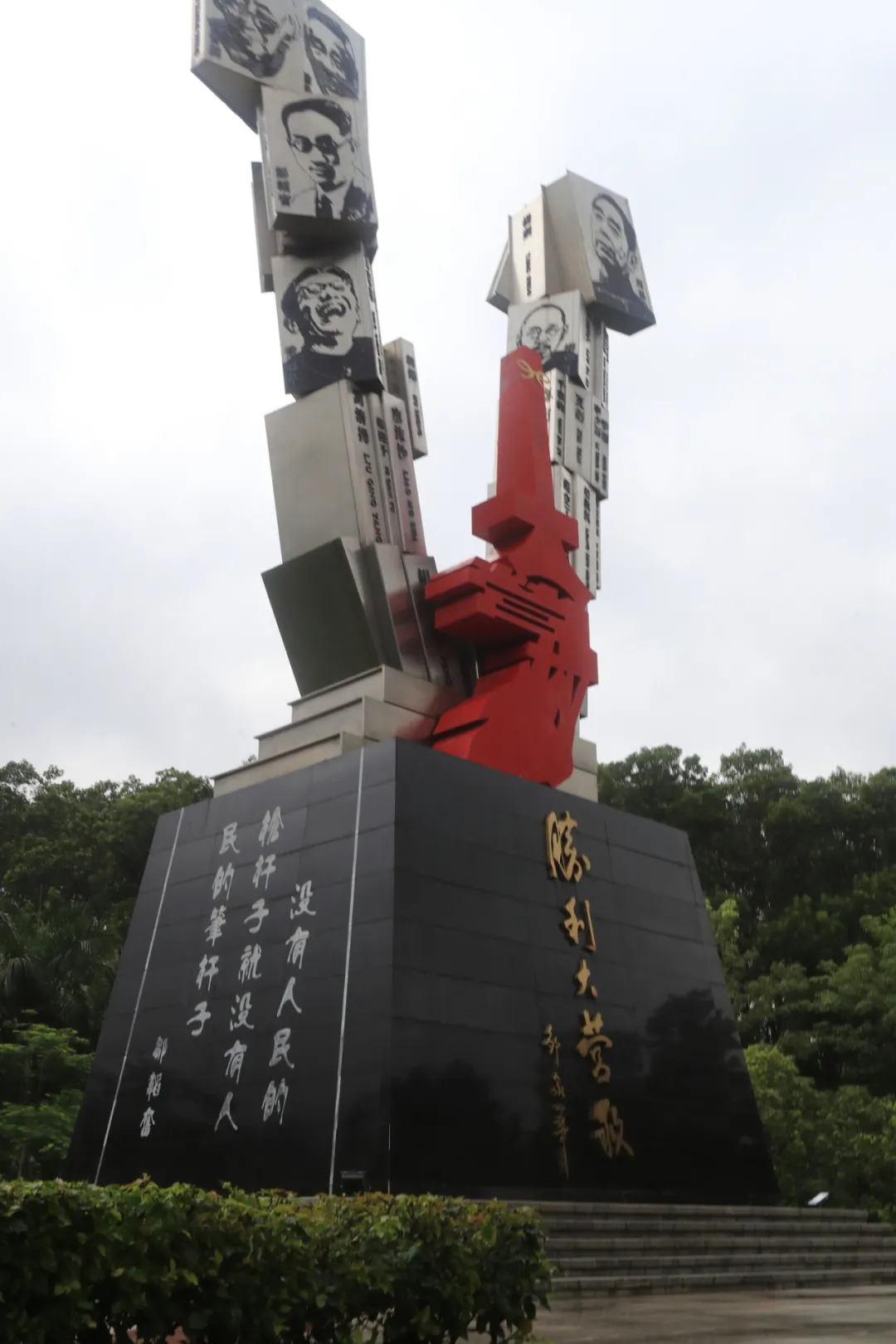
The Great Rescue of Chinese Cultural Celebrities Monument on Yangtai Mountain.
Also in Longhua District, on the east tip of Yangtai Mountain, there’s a monument commemorating the Great Rescue of Chinese Cultural Celebrities. In December 1941, Hong Kong was occupied by Japanese invaders, stranding more than 800 patriotic intellectuals there. The Guangdong People’s Guerrilla Force Against Japanese Aggression led by the CPC then escorted those people back to the Chinese mainland.

Young employees from Mission Hills Group in front of the Great Rescue of Chinese Cultural Celebrities Monument on Yangtai Mountain on Friday. Sixty employees of the company took a route featuring red venues in Shenzhen, visiting the “Great Tides Surge Along the Pearl River” exhibition, the Chen Yanqiao Exhibition Hall and the monument.
A church in Baishilong in today’s Longhua District was the first stop for the rescued intellectuals who then moved to Yangtai Mountain nearby as a temporary shelter. To commemorate the rescue, a memorial hall was built in Baishilong and a monument was erected on Yangtai Mountain.